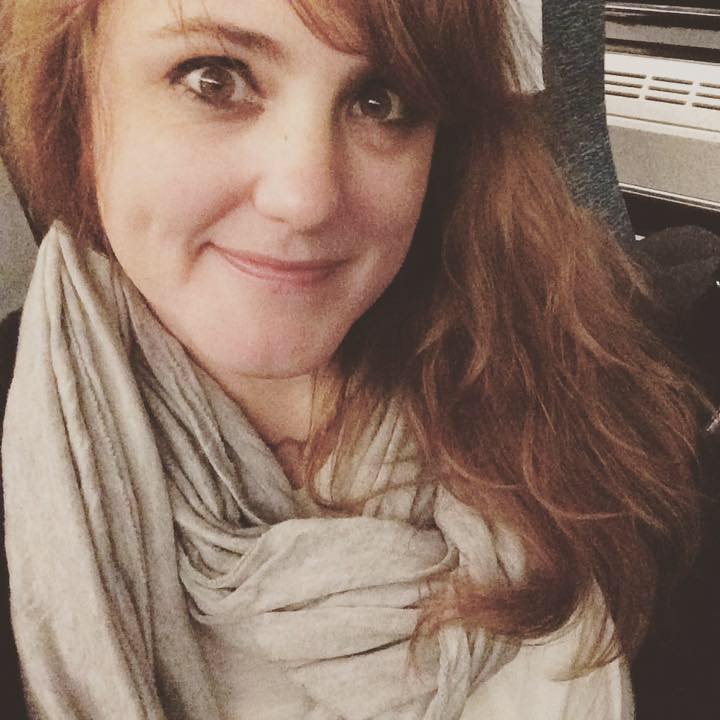All SSAT Upper Level Math Resources
Example Questions
Example Question #1371 : Ssat Upper Level Quantitative (Math)
Define an operation 
For all real numbers 
Which of the following is closest to 
The correct choice is 0.15.
Example Question #1 : Decimals With Fractions
Let 


Which of the following is closest to 
The correct response is 1.
Example Question #241 : Rational Numbers
Simplify and express as a decimal:

so the correct response is 
Example Question #11 : Decimals With Fractions
Define an operation 
For all real numbers 
Which of the following is equal to 
The correct answer is not among the other choices.

is the correct response.
Example Question #1371 : Ssat Upper Level Quantitative (Math)
Which of the following is a true statement?
Divide 7 by 13. The result is as follows:

The correct choice is that 
Example Question #1372 : Ssat Upper Level Quantitative (Math)
Which of the following is closest to the sum of two thirds and four fifths?
Divide 22 by 15:

Of the five choices, the closest is 1.45.
Example Question #14 : Decimals With Fractions
Which of the following is a true statement?
Divide 19 by 27:


so

Example Question #15 : Decimals With Fractions
Which of the following falls between 0.32 and 0.33?
Since all of the fractions have 77 as a denominator, one way to solve this problem is to let 

Multiply each expression by 
Therefore, 

Example Question #13 : Decimals With Fractions
Which of the following fractions is closest to 0.6?
For each fraction, divide each numerator by its denominator to get its decimal representation, then subtract to find its difference from 0.6.

Example Question #1373 : Ssat Upper Level Quantitative (Math)
Give the decimal equivalent of 
Divide 1 by 6; the result is

That is, the 6 is repeated infinitely. This is equal to 
Certified Tutor
All SSAT Upper Level Math Resources








































































